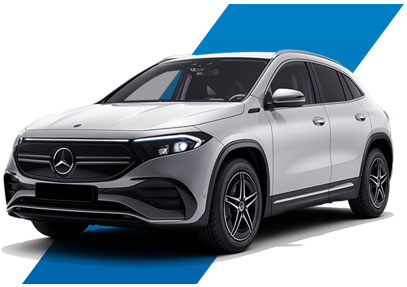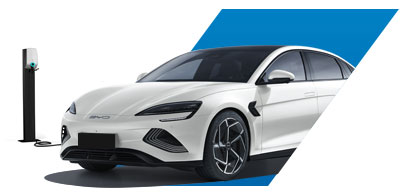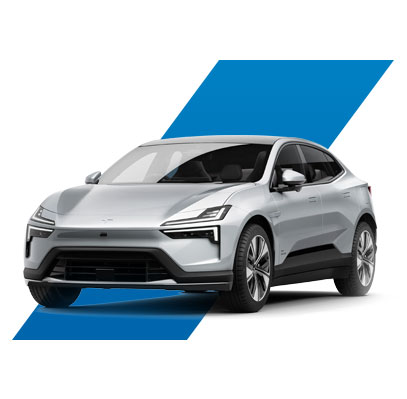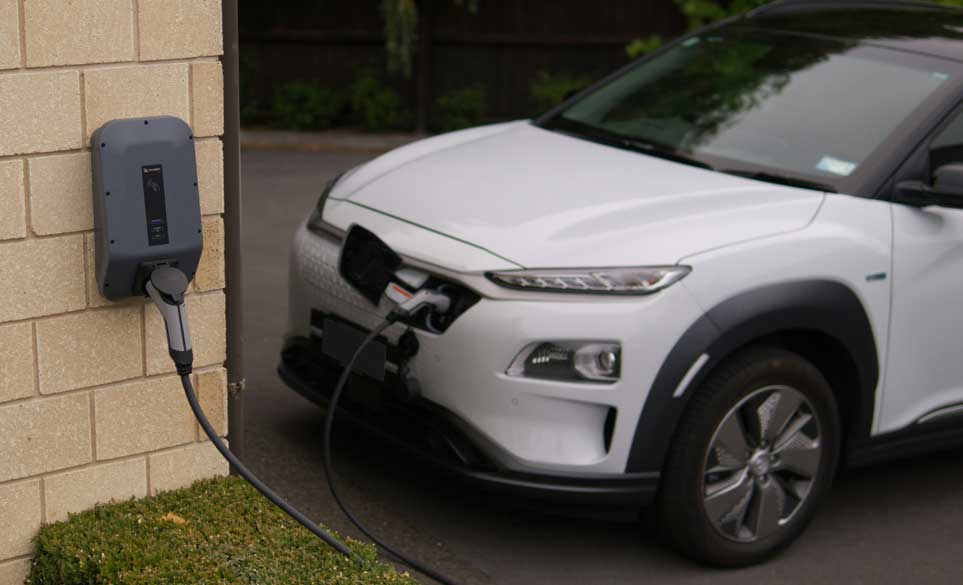As more of us are taking steps to reduce our carbon footprint, electric vehicles (EVs) are quickly becoming the new normal.
Whether you’re new to EVs or driving all together, we’ve put together this helpful guide to driving an electric car. Keep reading to find out:
- Why choose an EV?
- How to drive an EV
- Learning to drive in an EV
- Understanding EV range & charging

Why choose an EV?
From the wide range of EVs now on the market, to their lower emissions and affordability, or the increasingly accessible charging infrastructure, there are more reasons to choose an electric car than ever before.
Modern EVs can travel hundreds of miles on a single charge and home charging is convenient and cost-effective.
Plus, with a salary sacrifice scheme with Zenith, your insurance, road tax, maintenance and breakdown cover is covered. So, all you need to do is drive!

Lower running costs
EVs have substantially lower running costs than their petrol and diesel counterparts and many EV schemes boast a no upfront costs policy.
You’ll also save on fuel and maintenance fees, as well as benefitting from savings on taxes like company car tax (also known as Benefit-in-Kind tax), road tax, and congestion charges.
Plus, their regenerative braking generates energy that is stored in the battery for later (making them even more cost-efficient).
Reduced environmental impact
While they have higher initial manufacturing emissions, over the course of their full lifecycle, EVs are far more environmentally friendly than internal combustion engine vehicles (ICEVs). This will only continue to improve as the used EV market matures.
As they’re powered by an electric motor, EVs produce zero tailpipe emissions, and they can be charged with power from renewable energy sources.
Improved driver experience
EVs are a great option for learner drivers or people looking for an easier driving experience. All EVs are automatic, so you can wave goodbye to gearboxes and hill starts and enjoy smooth acceleration and a simple, comfortable driving experience.
EV schemes
As well as being cheaper to run, certain EVs are also eligible for government funding. The discount is applied to the sale price by the manufacturer – so there’s no tiresome admin for you.
Many employers also offer staff the chance to lease an EV through a salary sacrifice scheme, which involves giving up a portion of your pre-tax salary in exchange for a new electric car (meaning you have a higher take-home pay).
Which EV is right for me?
There are three main types of EV, that use different amounts of electric charge. Most manufacturers have a range of EV models (with many now producing electric versions of their best-sellers), so you’ll be able to find a style and size of car to suit your lifestyle.
How to drive an electric car
Thanks to their automatic engines, EVs are easy to drive – especially for new drivers.
For those that have been driving for a while, there are a few small differences to bear in mind:
Learning to Drive in an EV
With the gradual phasing out of petrol and diesel vehicles, many new drivers are bypassing manual cars altogether and learning to drive in an EV.
With no clutch or gearbox there are fewer controls to learn, and they’re virtually impossible to stall – which can boost the confidence of new drivers and mean fewer lessons are needed to get you up to standard.
That said, all electric vehicles are automatic by nature, so you’d need to take a driving test in an automatic car, and you’d be granted an automatic license. As the name suggests, this type of license legally qualifies you to drive automatic cars — whether EV, hybrid, petrol, or diesel — but not a manual vehicle.

Understanding EV Range & Charging
Before you get behind the wheel of an electric car, it’s a good idea to familiarise yourself with its range and the different charging options.
Charging your EV
Many drivers opt to install a home charger and charge their EV overnight – meaning they benefit from cheaper electricity rates. Modern EVs can travel hundreds of miles on a single charge, so they’ll make light work of commuting, school drop-offs, and running errands.
For charging on the go, we recommend downloading the ZapMap app, so you can view the charging points in your area and on any longer journeys that you may be taking.
For a full breakdown, check out our handy charger and connector guide.
Some tips on getting the most out of your EV’s range:

FAQs About Driving an EV
Yes, EVs are cheaper to run than traditional petrol or diesel cars. This is largely because they require less maintenance than internal combustion engine vehicles (ICEVs), have considerably fewer parts, and EV charging is considerably cheaper than conventional fuel.
EVs have lower Benefit-in-Kind tax rates too, due to having zero tailpipe emissions, which you can find out more about here.
They also have lower road tax payments, and you can park in some places either at a discounted rate or for free.
Yes – this makes them easier to drive (especially for new drivers).
EVs may have cost slightly more to ensure, however, Zenith’s all-inclusive package takes care of insurance, as well as road tax, maintenance, servicing, and breakdown cover.
Yes — as of 1st April 2025, electric cars, vans and motorcycles are subject to road tax, but the amount you will need to pay varies from vehicle to vehicle. Any new EVs registered after April 2025 will pay £10 for the first year, then move to the standard rate of £195 each year thereafter. Similarly, any electric cars registered between 1st April 2021 and 31st March 2025 will pay £195, but older EVs that were registered before 1st April 2017 will pay £20 a year.
Most new EVs are sold with a Type 2 charging cable included, which can be used for both home charging and at public charging stations, but you might find that some manufacturers charge a fee for the addition of a cable. EVs often also come with a 3-pin cable that fits a domestic plug socket for emergencies, or a Type 2 adapter, if the EV is only suitable for Type 1 charging.



